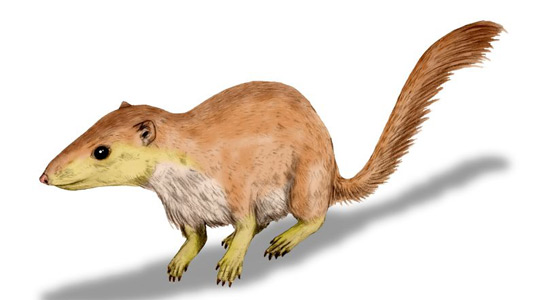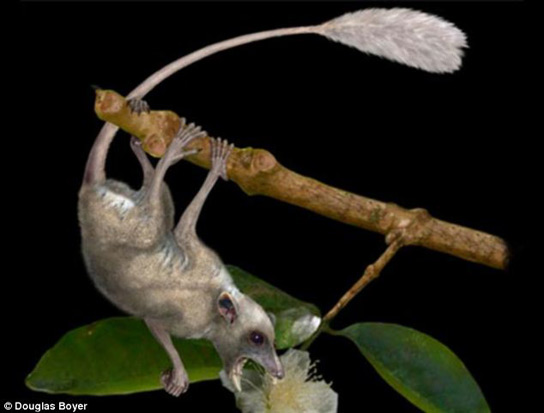The scientists presented their findings at the annual meeting of the Society of Vertebrate Paleontology in Raleigh, North Carolina, last week. The earliest primate, Purgatorius, a genus of four extinct species that lived 65 million years ago, during the late Cretaceous and Early Paleocene, ate insects and plants, but fossils yielded little information about where the creatures lived. The ankle bones were found in several museum trays from the Garbani Channel fossil location in Montana. Enough bones were discovered to identify them as belonging to the Purgatorius genus. The morphology of the bones matches that of Paleocene primates; however, paleontologists are still missing a full skeleton. The ankles suggest considerable flexibility, indicating a wide range of motion. This would allow a tree-dweller to rapidly adjust their feet to the precarious, uneven branches of a tree. This trait is usually exclusively found in arboreal animals. Yet paleontologists don’t know why these animals lived in trees. It seems that it could be tied to their preferred food source. There might be a connection between primates and plant evolution, with fruits playing a role in luring them up the trees.

